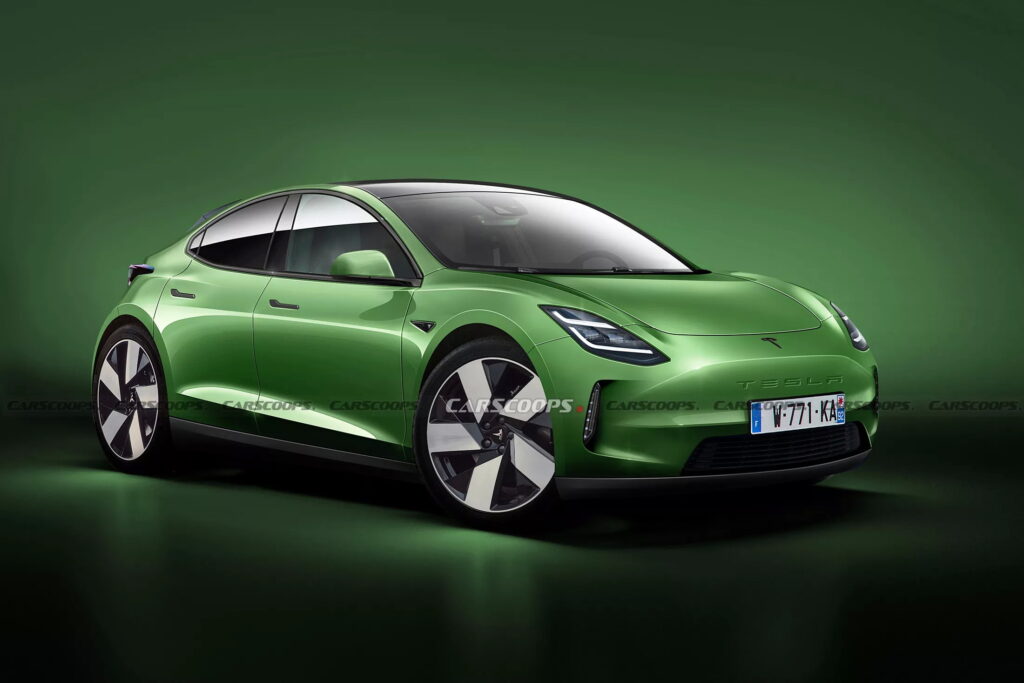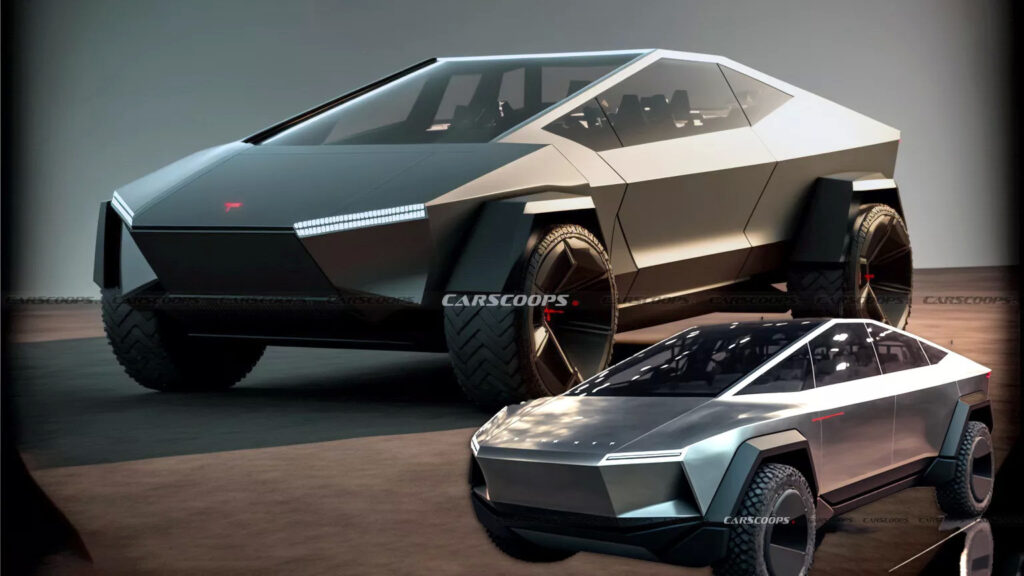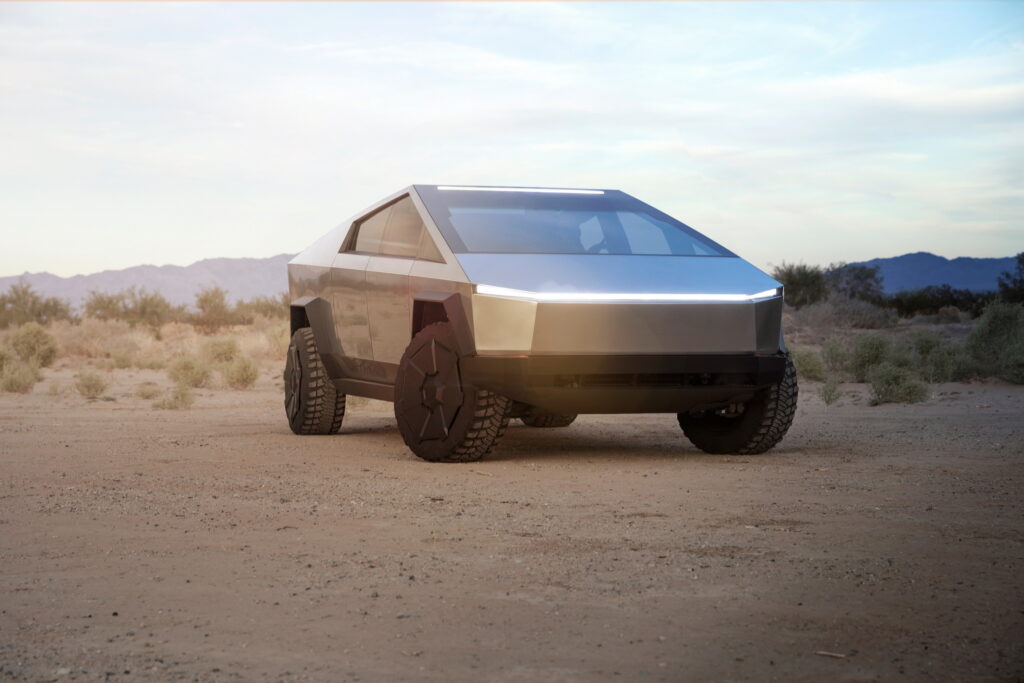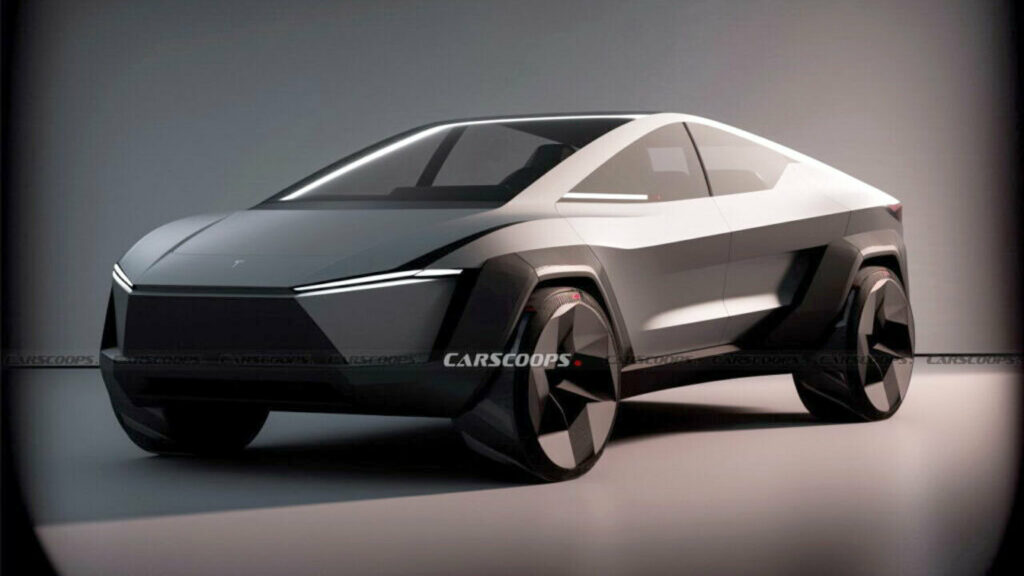This article contains speculative illustrations that are not affiliated with or endorsed by Tesla.
Despite Elon Musk’s best efforts to pour all of Tesla’s resources into a boondoggle, Tesla’s executives, as detailed by Elon Musk’s biographer Walter Isaacson, managed to persuade the CEO to develop an affordable compact electric vehicle priced under $25,000. This vehicle could later transition into a robotaxi once regulations and software align with Musk’s vision.
According to Isaacson, one of the reasons that Tesla’s publicized sub-$25,000 compact electric vehicle, sometimes referred to as the Model 2, was delayed was because of Musk’s conviction that the car would be unnecessary in a world with millions of robotaxis.
Excited by the concept of a fully autonomous electric vehicle with “no mirrors, no pedals, no steering wheel,” Musk insisted that Tesla would “take that risk. It’s my fault if it f–ks up,” according to an excerpt from Walter Isaacson’s new book Elon Musk, which was published by Axios. “We are not going to design some sort of amphibian frog that’s a halfway car. We are all in on autonomy.”
Read: Tesla Cybertruck: See The Early Designs That Didn’t Make The Cut

According to Isaacson, Musk was excited about the idea of a fully autonomous vehicle for weeks after that meeting, which took place in 2021. “This will be a historically mega-revolutionary product,” he said, adding that “it will transform everything.”
While walking on eggshells, Tesla’s executives were forced to work around Musk, seeking to convince the CEO of his plan’s weaknesses in a “non-challenging way.”
“We brought him new information that maybe he wasn’t fully digesting in the summer,” Lars Moravy, a Tesla top executive, told Isaacson. He pointed out that U.S. regulators were still a long way from approving autonomous vehicles, and it would likely be longer for other markets. Therefore, executives proposed a compromise, a vehicle whose steering and pedals could be easily removed once regulations allowed for it.
However, Musk still wasn’t excited about an inexpensive compact car if it had a steering wheel and vetoed the idea between 2020 and 2022, claiming that a robotaxi would make it unnecessary. That despite internal reports suggesting that Tesla might make as many 700 million examples of a compact car by 2030, nearly twice as many as it would of the Model 3/Y.
Cybetruck-inspired design

Tesla’s head of design, Franz von Holzhausen, nonetheless kept the project alive with his continued suggestion that the vehicle’s platform could be used for an autonomous vehicle as well. What really changed Musk’s mind, according to Isaacson, was a February 2023 meeting in which von Holzhausen showed him a design mock up of the inexpensive EV and the Robotaxi next to each other.
“Both had a Cybertruck futuristic feel,” writes Isaacson. “Musk loved the designs. ‘When one of these comes around a corner,’ he said, ‘people will think they are seeing something from the future.'”
More: What If Tesla Embraced The Cybertruck’s Styling For A Rugged Coupe-SUV?
And so it was decided, Tesla would build two new vehicles on a next-generation platform. Although he initially intended for the cars to be built in Northern Mexico, Musk later decided that the first examples should be built in Austin, in order to allow engineers to be close to production.
It remains unclear when the new sub-$25,000 car will be unveiled, much less when the robotaxi version will be allowed to hit the road. However, it seems that the automaker does intend to make a compact EV, despite Musk’s best efforts.









